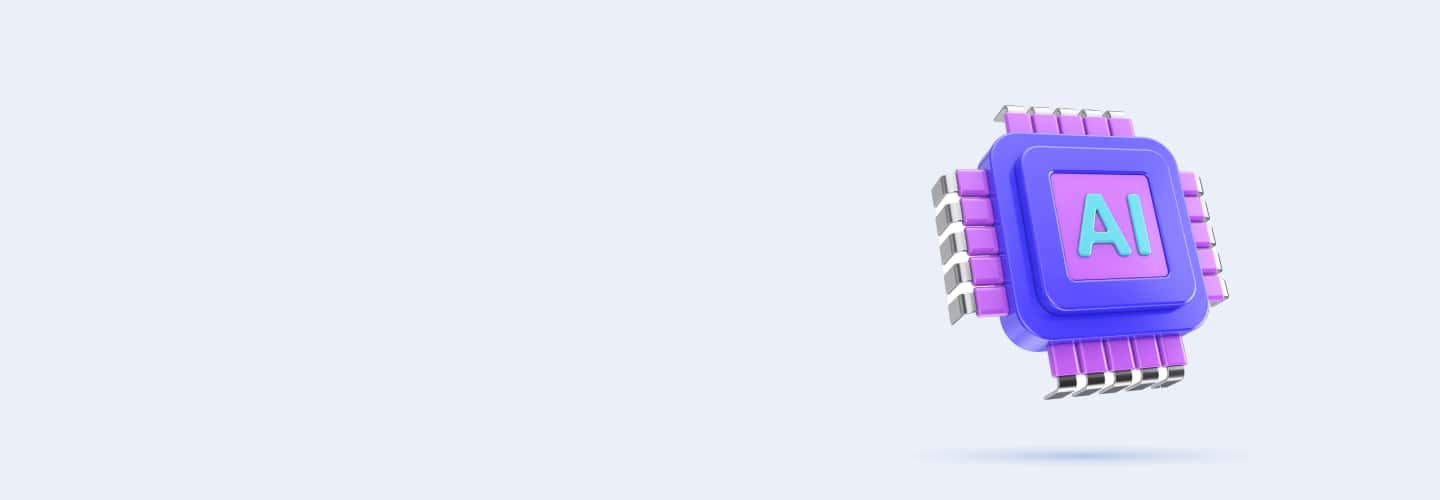
Q121
Q121 How would you simulate a robot's movement in a virtual environment using Python?
Use ROS and Gazebo
Use TensorFlow and PyTorch
Use Scikit-learn
Use KMeans
Q122
Q122 Your AI-powered robot is failing to follow the optimal path during navigation. What could be the issue?
The robot's sensors are malfunctioning
The robot's algorithm is not optimized
The environment is too complex
The reward function is incorrect
Q123
Q123 Your reinforcement learning-based robot is learning slowly. What could be the problem?
The reward function is too simple
The environment is too small
The learning rate is too high
The training data is limited
Q124
Q124 What is the primary purpose of AI in vision systems?
To detect edges in images
To recognize and interpret visual information
To improve image resolution
To compress images
Q125
Q125 What is the role of convolutional neural networks (CNNs) in AI vision systems?
To create 3D models
To process and analyze image data
To improve image color
To enhance audio data
Q126
Q126 Which of the following is a common challenge in AI-based vision systems?
Image noise
Insufficient data
Overfitting
All of the above
Q127
Q127 What is object detection in AI vision systems?
Identifying and classifying objects in an image
Segmenting images based on color
Enhancing image resolution
Compressing image files
Q128
Q128 How does AI in vision systems handle occlusion in images?
By ignoring occluded areas
By estimating the hidden parts
By removing the occluded object
By using a pre-trained model
Q129
Q129 Which Python library would you use to implement image processing algorithms for AI vision systems?
TensorFlow
OpenCV
Pandas
NumPy
Q130
Q130 How would you implement object detection using YOLO (You Only Look Once) in Python?
Use YOLOv3 and Darknet
Use CNN and TensorFlow
Use K-means clustering
Use reinforcement learning
Q131
Q131 How would you build a CNN for image classification in TensorFlow?
Use Dense layers
Use Conv2D layers
Use LSTM layers
Use PCA
Q132
Q132 Your AI model for image classification is overfitting on the training data. What should you do?
Increase the number of epochs
Reduce the model complexity
Increase the learning rate
Add more layers
Q133
Q133 Your object detection model is failing to detect small objects in images. What could be the issue?
The model is underfitting
The resolution of the images is too low
The data is noisy
The model is overfitting
Q134
Q134 What is the primary goal of reinforcement learning in AI?
To minimize the loss function
To maximize cumulative rewards
To find the shortest path
To minimize computational costs
Q135
Q135 What is a key difference between supervised learning and reinforcement learning?
Supervised learning uses rewards
Reinforcement learning uses labeled data
Reinforcement learning uses rewards and penalties
Supervised learning uses rewards and penalties
Q136
Q136 What is the role of the Q-value in reinforcement learning algorithms like Q-learning?
To track the agent's position
To estimate the quality of an action in a given state
To calculate the loss function
To adjust the learning rate
Q137
Q137 In reinforcement learning, what does the "exploration vs. exploitation" tradeoff refer to?
Choosing between random actions and repeated actions
Balancing the learning rate
Choosing between exploring new actions or exploiting known rewards
Using labeled or unlabeled data
Q138
Q138 How would you implement the Q-learning algorithm in Python?
Use Q-table to store values
Use Dense layers
Use LSTM layers
Use SVM
Q139
Q139 How would you implement the "epsilon-greedy" strategy in a reinforcement learning algorithm?
Use epsilon to adjust the reward
Use epsilon to control the learning rate
Use epsilon to balance exploration and exploitation
Use epsilon to minimize the loss
Q140
Q140 How would you implement a policy gradient algorithm using TensorFlow in Python?
Use the policy gradient to update the policy directly
Use a Q-table to store rewards
Use PCA for dimensionality reduction
Use reinforcement learning as a supervised learning method
Q141
Q141 Your reinforcement learning agent is stuck in suboptimal actions. What is a possible solution?
Increase the learning rate
Use a different reward function
Increase exploration
Decrease the size of the state space
Q142
Q142 Your Q-learning agent is learning too slowly. What could be the issue?
The discount factor is too low
The learning rate is too high
The agent is exploiting too much
The reward function is too complex
Q143
Q143 Which of the following is a common application of AI in healthcare?
Predicting stock prices
Detecting fraudulent transactions
Diagnosing diseases from medical images
Analyzing customer feedback
Q144
Q144 How is AI used in the financial industry for fraud detection?
By simulating customer behavior
By using historical transaction data to detect anomalies
By increasing transaction speed
By improving customer service
Q145
Q145 In AI-driven autonomous vehicles, which technology is most commonly used for detecting obstacles?
Natural Language Processing
Object detection using sensors
Facial recognition
Speech recognition
Q146
Q146 What is one of the main challenges of deploying AI in real-world applications like autonomous driving?
Limited data
Real-time decision making
Low computing power
Large datasets
Q147
Q147 How would you implement a simple chatbot using Python?
Use TensorFlow
Use the nltk.chat module
Use reinforcement learning
Use a for loop
Q148
Q148 How would you implement sentiment analysis using Scikit-learn in Python?
Use a CNN
Use TfidfVectorizer and a classifier
Use reinforcement learning
Use PCA and K-means
Q149
Q149 Your AI-powered fraud detection system is generating too many false positives. What should you do?
Use more training data
Increase the threshold for flagging transactions
Lower the learning rate
Use unsupervised learning
Q150
Q150 Your AI model for image recognition is not performing well in different lighting conditions. What could be the issue?
The model is underfitting
The training data lacks diversity
The model is overfitting
The model is too complex

